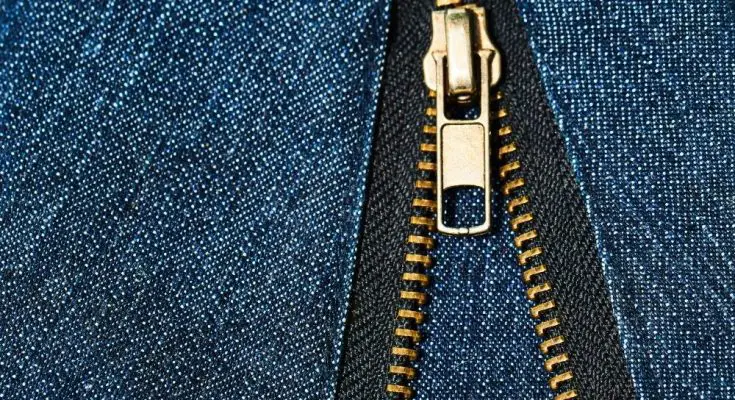Zippers are indeed the unsung heroes of clothing and fashion design. Other than Velcro, and arguably nicer-looking, zippers are the easiest attachments to get your clothing to open and close.
It may seem like such a simple gadget, but the way zippers work is undoubtedly fascinating. In addition, the origin of the zipper may not be as simple as one would think. Here is the surprising and complex history of zippers.
Multiple Inventors
The first conjuring of what would become the zipper was in 1851, when Elias Howe, Jr., the inventor of the original sewing machine, got a patent for an “Automatic, Continuous Clothing Closure.”
Unfortunately, he never took his invention any farther than that, which allowed Whitcomb Judson to market and patent a “Clasp Locker” in 1855. However, due to its complex hook-and-eye shoe fastener, it didn’t have much success at the 1893 Chicago World Fair.
Finally, a Swedish- born electrical worker named Gideon Sundback had plans to marry the daughter of the Universal Fastener Company, Elvira Aronson, and thus became the head designer of the company. He crafted the convenient opening teeth system called the “Separable Fastener” when he busied himself with work after his wife’s death.
Origin of the Word
There is debate about why the word zipper was first used, but we do know when it happened. B.F. Goodrich used Sundback’s design on boots and goulashes in 1923, and the zipper was popularized in the 1930s when zippers were used for children’s clothing. This rise in fame was when the mechanism was first coined as a zipper.
The word zipper could have come to use for two reasons. First, it could be an agent noun; an agent noun is “a noun denoting the performer of an action (as a writer, inspector, patron, hanger-on),” according to Merriam-Webster. Because zip is an adverb and is used as a word to describe moving at high speed, the act of making this word an agent noun changed it to “zipper”.
The suffix -er is added to words that perform a particular action. So, the onomatopoeia “zip” could have turned into the word zipper in this way as well.
Modern Day
During World War 2, zippers shot above buttons in popularity due to their easy application and quick usage. After WW2, zippers were used in almost every piece of clothing and other applicable places. Today, zipper producers make about 1864113.577 miles of zippers a year! For reference, Sundback’s company was only crafting 36500 meters a year, which translates to about 22 miles of zippers.
The surprising and complex history of zippers is undoubtedly one to behold for such a small and mighty device. Its popularity came down to its efficiency over buttons, laces, frog buttons, clasps, and arguably Velcro. Which of these do you think is the most efficient?



